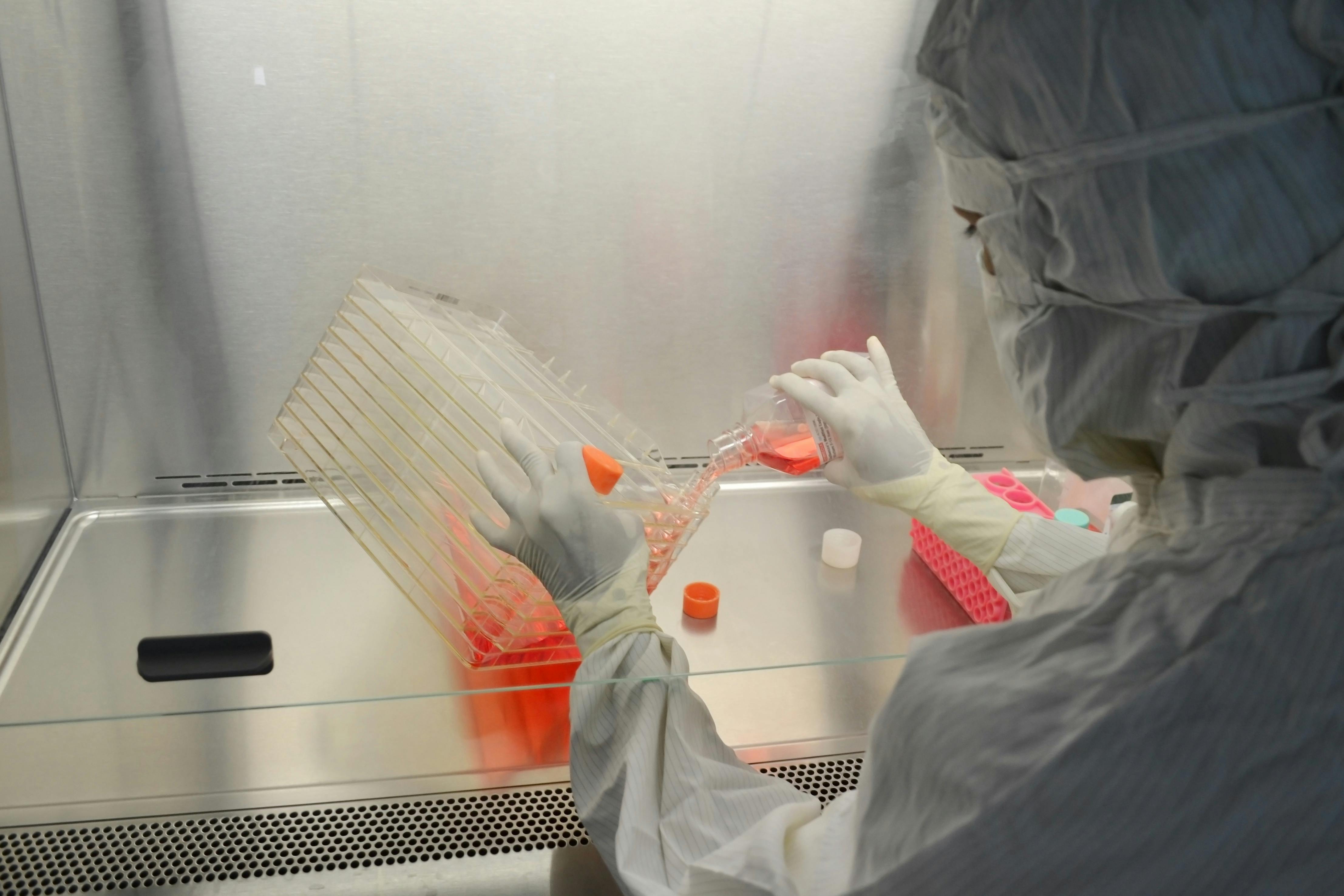Harnessing CRISPR Technology for Gene Therapy Advances

Exploring the Potential of CRISPR in Gene Therapy
Gene therapy holds great promise in treating a wide range of genetic disorders. One of the most revolutionary technologies in this field is CRISPR (Clustered Regularly Interspaced Short Palindromic Repeats). This cutting-edge tool allows scientists to make precise changes to an organism's DNA, opening up a world of possibilities for curing genetic diseases.
Understanding CRISPR and How It Works
CRISPR-Cas9, the most commonly used form of CRISPR technology, acts like a pair of molecular scissors that can edit specific genes within an organism's genome. By targeting faulty genes and replacing them with healthy ones, CRISPR has the potential to correct genetic mutations that cause diseases.
The Impact of CRISPR on Genetic Disorders
Researchers are actively exploring how CRISPR can be used to treat a variety of genetic disorders, such as cystic fibrosis, sickle cell anemia, and muscular dystrophy. Clinical trials are underway to test the efficacy and safety of CRISPR-based gene therapies in humans, with promising results emerging.
Challenges and Ethical Considerations
While the potential of CRISPR for gene therapy is immense, there are still challenges to overcome. Off-target effects, unintended mutations, and ethical concerns surrounding germline editing are all important considerations in the development and application of CRISPR technology.
The Future of Gene Therapy with CRISPR
Despite the obstacles, the future of gene therapy with CRISPR looks bright. Continued research and advancements in CRISPR technology hold the promise of transforming the treatment of genetic disorders, offering hope to patients and their families worldwide.





